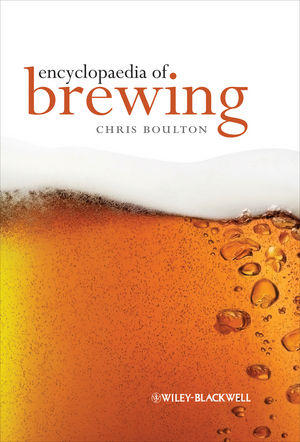Beverage Beat: Beverages do a body good

Here is how my summer is ending—I broke in two the fifth metatarsal of my right foot. With an inability to slow down, I called my doctor to see if I could do anything else besides staying off my foot to speed up the healing process. She recommended taking a 1,200 mg. supplement of calcium for bone health and a 1,000 mg. supplement of vitamin D to aid in calcium absorption.
My initial thought was everyone heads to the supplement counter and why? We want the quick fix or an immediate solution. As I wait the six to eight weeks out wearing a medical boot over my broken foot, I have to be honest; I am popping a supplement—or four—a day. But I also had my husband drive me to the store to buy beverages and foods that naturally contain or are fortified with calcium and vitamin D with which I could augment my diet.
Finding vitamin D options have proved to be the most challenging. Foods that contain vitamin D naturally are few, and options include mushrooms, which I only stomach because they contain vitamin D. Fortified milk and orange juices with calcium and vitamin D are my favorite because of their convenience — packing numerous vitamins and minerals into one glass with favorable, non-medicinal taste profiles.
These days, vitamin D is grabbing a lot of media attention. Reports show that up to a billion people around the world are believed to have a vitamin D deficiency, including more than half of adults and children in the United States. At press time, I am awaiting results from my doctor to see how my own vitamin D level scores.
Current guidelines call for 200 international units (IU) for people up to age 50, 400 IU for people 51 to 70, and 600 IU for people over 70, according to the Institute of Medicine of the National Academies of Study. But many experts say those doses are too low. Adequate vitamin D consumption has been linked in recent studies with reducing numerous health risks.
As consumers latch on to vitamin D media reports, and any particular nutrient or ingredient they are trying to seek conveniently and tastily, the future looks promising for health and wellness beverages that can support their claims. And, hey, I read that vitamin K could be the next vitamin D. BI
Looking for a reprint of this article?
From high-res PDFs to custom plaques, order your copy today!



